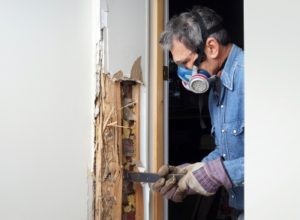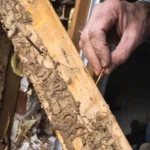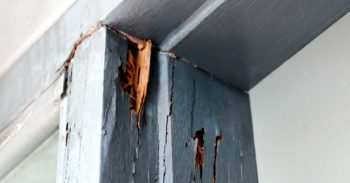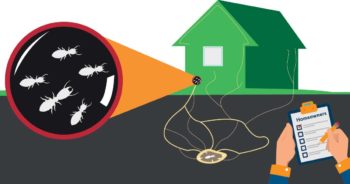
 Termites are not only annoying and inconvenient; they are also hazardous to your home. They sneak into your house or apartment building unnoticed and disguise themselves as ants, and then they go to work on burrowing into your wooden structures. Fortunately, your local pest control professionals can offer termite treatment and teach you how to prepare your living space so that these pests do not return. Read on if you would like some help in controlling termites around your home.
Termites are not only annoying and inconvenient; they are also hazardous to your home. They sneak into your house or apartment building unnoticed and disguise themselves as ants, and then they go to work on burrowing into your wooden structures. Fortunately, your local pest control professionals can offer termite treatment and teach you how to prepare your living space so that these pests do not return. Read on if you would like some help in controlling termites around your home.
Identification
Recognizing a termite infestation can be tricky, especially when you consider the similarities between termites and ants. Although their habits might be different, their physical appearances are quite similar. There are a few distinct differences that set them apart, however, and it helps to recognize them. Certain types of ants and termites may have wings, but ants’ wings are different sizes. Termites, on the other hand, have wings that appear to be about the same size. Termites also have straight antennae, while ants’ antennae bend at right angles. You can also recognize a termite infestation by the signs they leave behind; these might include small tubes of mud, piles of shed wings, or hollow spots in your wooden structures.
Treatment
The best way to treat a termite infestation is to call a professional pest control service. These specialists can offer a range of different treatments to ensure that your termite problem is completely taken care of. These treatments may include chemicals as well as baits and other traps. Certain baits will not kill the termites immediately; instead, the termites will bring these harmful baits back to their colonies, attacking the infestation at the source. Your pest control professional will locate the source of the infestation and begin treatment where activity is most concentrated.
Prevention
Identifying and treating your termite problem can be effective, but in order to maintain your results you will need to take the proper preventative measures. Keep in touch with your pest control company for further evaluation of treatment, and be sure to store loose wood far away from the outside of your home.





